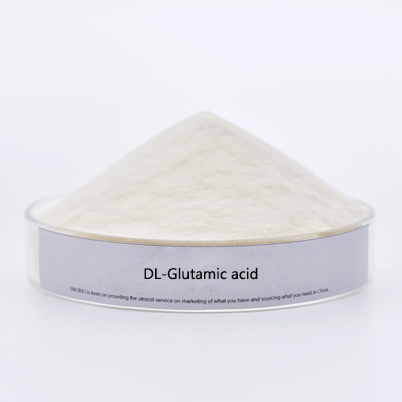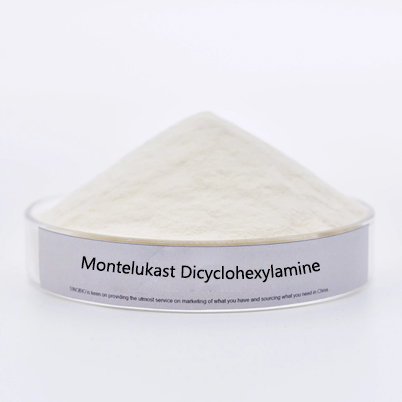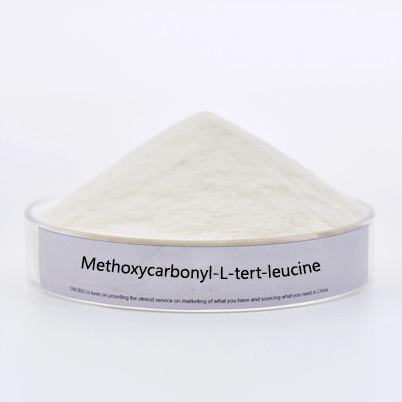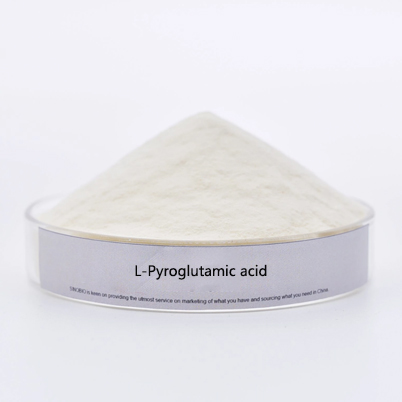- E-mail : info_medicalmarketing@jindunmedical.com
- Phone : +86 21 64057580
- Address : Shanghai China
Gabapentin, epilepsy and headache together
Gabapentin is a new type of anti-epileptic drug that was launched in the UK in 1993 and has since been qualified for marketing in over 50 countries, and was also approved for production in China in 2003. In recent years, as research into clinical applications has continued, it has been found that gabapentin can be used not only for the treatment of epilepsy but also for the treatment of pathological neuralgia.
According to expert consensus, treatment standards and literature reports, gabapentin can treat four types of pain, including herpes zoster neuralgia, diabetic painful neuropathy, cancer pain and trigeminal neuralgia. For patients with neuralgia, the specific dosing regime is: 0.3g of gabapentin in a single dose on day 1; 0.6g in two divided doses on day 2; and 0.9g in three divided doses on day 3. Subsequently, the dose can be gradually increased to 1.8 g per day in three divided doses, depending on the need for pain relief. Foreign clinical studies have shown similar efficacy in the 1.8 to 3.6 gram per day dose range.
Gabapentin is a prescription medicine and patients must have a doctor's prescription or medical advice before using it. Before use, read the instructions carefully; do not adjust the dose or stop using the drug yourself to avoid recurrence or resistance; if adverse reactions occur, consult a health professional and seek medical attention promptly. In addition, the use of gabapentin also requires attention to the following matters.
1. The maximum interval between doses should not exceed 12 hours. To reduce the incidence of adverse reactions such as dizziness and drowsiness, the first day's dose may be taken at bedtime.2. Gabapentin is commonly associated with dizziness, drowsiness and peripheral oedema.3. Gabapentin is contraindicated in patients with hypersensitivity to gabapentin and in patients with acute pancreatitis.4. The dose must be reduced in patients with renal insufficiency.5. The drug is secreted in breast milk and should be used with caution in breastfeeding women. The drug should be stored in a dry place, protected from light and airtight. 7. Drugs such as aluminium hydroxide or dihydrocodeineone may cause drug interactions when used in combination with gabapentin and should be taken with caution. 8. The drug may cause sedation, vertigo or similar symptoms when acting on the central nervous system, reduce reaction time, impair driving ability, ability to operate complex machinery and ability to work in exposed environments. The ability to drive, operate complex machinery and work in exposed environments may be impaired.
-
date
2022-10-09
-
location
Shanghai, China










































